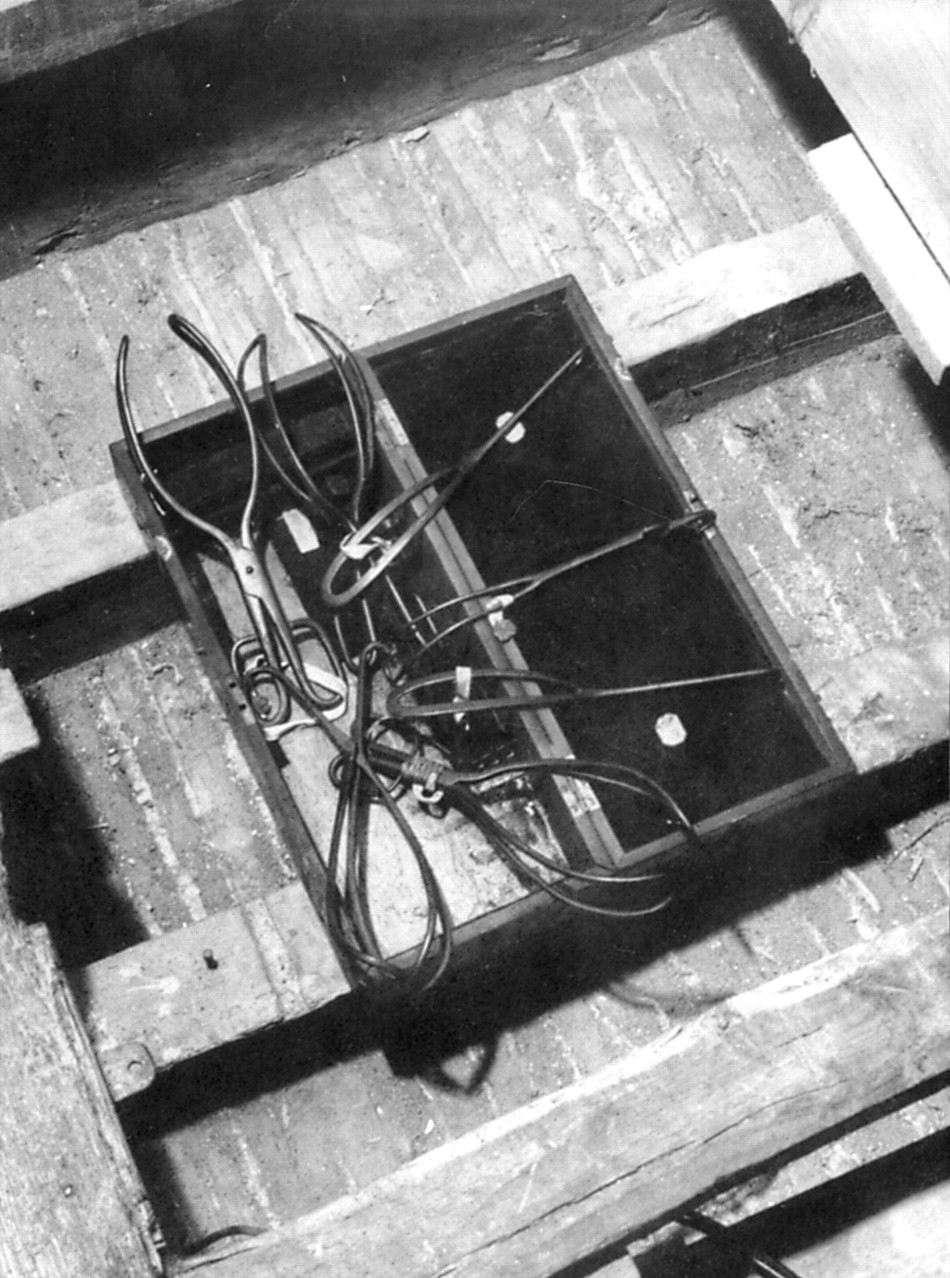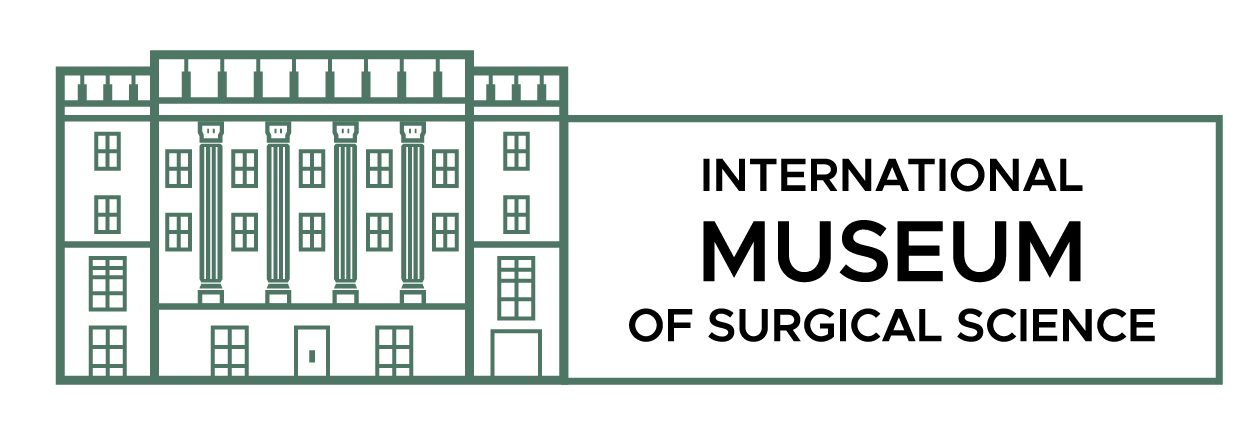Published by Sally Monroe.
In the International Museum of Surgical Science’s permanent collection, we have a great deal of forceps of all kinds—obstetrical, arterial, tubing, and so on. Despite their varied purposes, all are fairly similar in form, owing to the fact that forceps are essentially medical tweezers. As I went about cataloguing several drawers of these devices, I naturally began to wonder about their introduction into the field of medicine. Who was to thank for the hundreds of iterations of forceps that are used today?
The history of forceps begins in 1596, when one William Chamberlen fled France for England in the face of religious persecution by the Catholic elite. Chamberlen and his two sons, both named Peter (referred to as “the Elder” and “the Younger”), were all practitioners of “man-midwifery”—or, as we would call them today, obstetricians. The Peters had more in common than just their proclivity for delivering children; they both seemed to have been universally disliked by their peers, routinely receiving admonishments from the College of Physicians. The College of Physicians was, and remains, England’s governing body of physicians, and in the 17th century it held enough authority to have Peter the Elder jailed for prescribing medication outside of its established practices. Peter the Younger, too, was prosecuted by the College just eight years after his brother’s imprisonment. The reasoning seems to have been related to perceived impudence on the younger Peters’ part—he rankled quite a few hides by inferring that he, as a midwife, perhaps knew more about obstetrics than a general physician. He is also said to have been disliked for his odd manner of dress.
Despite continuously butting heads with the College of Physicians, the Chamberlens’ practice in England thrived. Peter the Elder was even employed as Queen Henrietta Maria’s personal midwife. Their success as obstetricians was no doubt owed to a jealously guarded family secret. At some point after their arrival in England, one of the brothers (likely the Elder) had invented a tool to help deliver a child during difficult labor—obstetrical forceps. These consisted of two blunt “blades” that could be used to grasp the fetal head, gently turning it if necessary, and aiding in guiding the baby out of the birth canal. The Peters insisted that this instrument was, under no circumstances, to be seen by the public.
According to legend, the Chamberlens’ device was kept in a huge gilded box which required the strength of at least two men to carry, giving off the impression that it was some kind of gigantic and complex machine. Once inside the operating room, “the secret” remained hidden until everyone but the brothers had vacated the room and the mother-to-be was blindfolded. During the birth, the ringing of bells and other mysterious sounds could purportedly be heard from inside the room, adding further to the air of mystery. The Chamberlens went so far as to travel to and from birthing rooms in curtained carriages so that no one might peek inside.
The secret of the forceps managed to be kept for nearly a century, carried on by the not-so-creatively-named Peter III. When he passed the practice on to his son Hugh, however, the enterprising young man recognized that he could potentially make a large sum of money off of the sale of the Chamberlens’ device and so off to France he went. Upon arrival, Hugh was challenged to demonstrate the utility of his instrument by using it to aid a mother whose deformed pelvis had left her in obstructed labor for over a week. His attempt to intervene was a failure; he returned to England having made no money and having revealed the secret that the Peters before him had gone to such great lengths to hide. Versions of the device began to appear around Europe until they were officially and publicly introduced by the famous obstetrician William Smellie in the mid-18th century. The original Chamberlen forceps were hidden under the floorboards of their family home, where they lay forgotten until their discovery by an unrelated occupant in 1813.

The Chamberlen Forceps
Buck, Sara. “Forceps: a brief history.” Hektoen International: A Journal of the Humanities, Hektoen Institute of Medicine, http://hekint.org/2017/01/27/forceps-a-brief-history/.
Dunn, Peter M. “The Chamberlen family (1560-1728) and obstetric forceps.” Archives of Disease in Childhood – Fetal and Neonatal Edition. 81:3 (1999): 232-234. BMJ Journals. Web. 9 Oct. 2018.
“Secrets! The curious history of the Chamberlen forceps.” Dittrick Medical History Center, Case Western Reserve University, http://artsci.case.edu/dittrick/2016/03/28/secrets-the-curious-history-of-the-chamberlen-forceps/.
Sheikh et al. “The Birth of Forceps.” Journal of the Royal Society of Medicine. 4.7 (2013): 1-4. The National Center for Biotechnology. Web. 9 Oct. 2018.
Sally Monroe is the current Collections Intern (Permanent Collection) at IMSS and a graduate student in the Museum and Exhibition Studies program at the University of Illinois at Chicago. She is interested in the intersection of cultural spaces and representations of pain.

